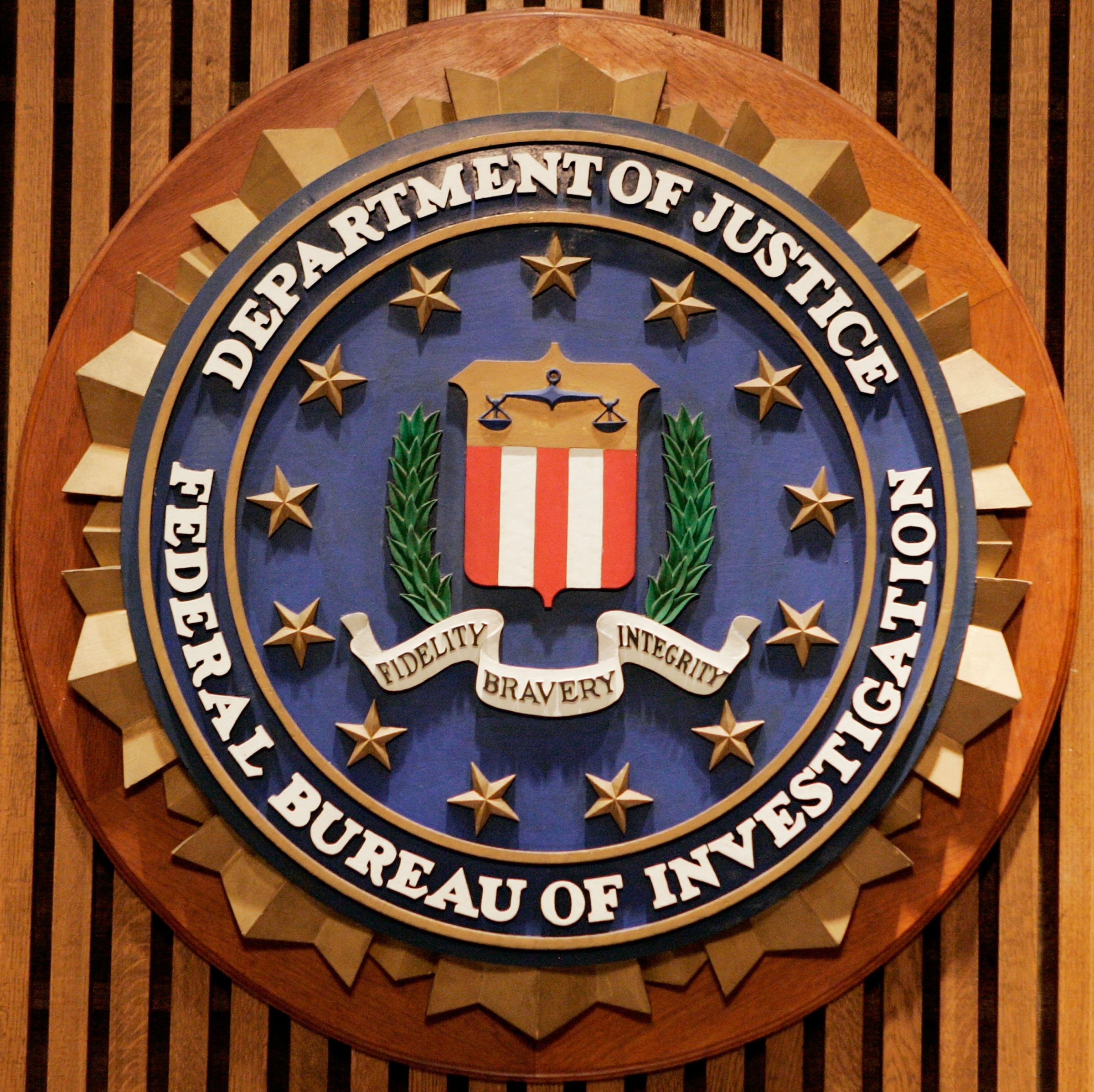
The FBI created a fake Seattle Times article containing surveillance software in order to track a school bomb-threat suspect in 2007, according to documents obtained by an advocacy group.
The controversy was publicized Monday evening on Twitter by Christopher Soghoian, a technologist at the American Civil Liberties Union in Washington, who linked to the FBI documents (pages 61-62) obtained by the Electronic Frontier Foundation, a digital rights organization. While the FBI’s use of data gathering software in this investigation was reported in 2007 by WIRED, which acquired an FBI affidavit seeking a search warrant for the tool’s use, the latest documents reveal for the first time the FBI’s use of a false news article.
According to the documents, the link to the article was “in the style of the Seattle Times” and used a false Associated Press byline. The article, titled “Bomb threat at high school downplayed by local police department,” was mocked up with subscriber and advertising information.
The link was then e-mailed to the to the MySpace account of the suspect, who police believe was responsible for a series of bomb threats at Timberline High School in Lacey, Wash. When clicked on, the link would deploy FBI software to track his location and computer IP address.
“We are outraged that the FBI, with the apparent assistance of the U.S. Attorney’s Office, misappropriated the name of The Seattle Times to secretly install spyware on the computer of a crime suspect,” said Seattle Times Editor Kathy Best in a statement Monday evening.
AP’s Director of Media Relations Paul Colford also criticized the FBI’s actions, writing in a statement that, “We are extremely concerned and find it unacceptable that the FBI misappropriated the name of The Associated Press and published a false story attributed to AP. This ploy violated AP’s name and undermined AP’s credibility.”
The FBI in Seattle maintains that its technique was justified in locating the suspect, who was arrested on June 14, 2007, two days after the dateline that appeared on the agents’ e-mail correspondence discussing the plan.
“Every effort we made in this investigation had the goal of preventing a tragic event like what happened at Marysville and Seattle Pacific University,” Frank Montoya Jr., an FBI agent overseeing its Seattle operations, told the Seattle Times. “We identified a specific subject of an investigation and used a technique that we deemed would be effective in preventing a possible act of violence in a school setting.”
A spokeswoman for FBI’s Seattle unit also defended the strategy to the Seattle Times, arguing that the FBI did not use a “real Seattle Times article, but material generated by the FBI in styles common in reporting and online media.”
More Must-Reads from TIME
- Cybersecurity Experts Are Sounding the Alarm on DOGE
- Meet the 2025 Women of the Year
- The Harsh Truth About Disability Inclusion
- Why Do More Young Adults Have Cancer?
- Colman Domingo Leads With Radical Love
- How to Get Better at Doing Things Alone
- Michelle Zauner Stares Down the Darkness
Contact us at letters@time.com